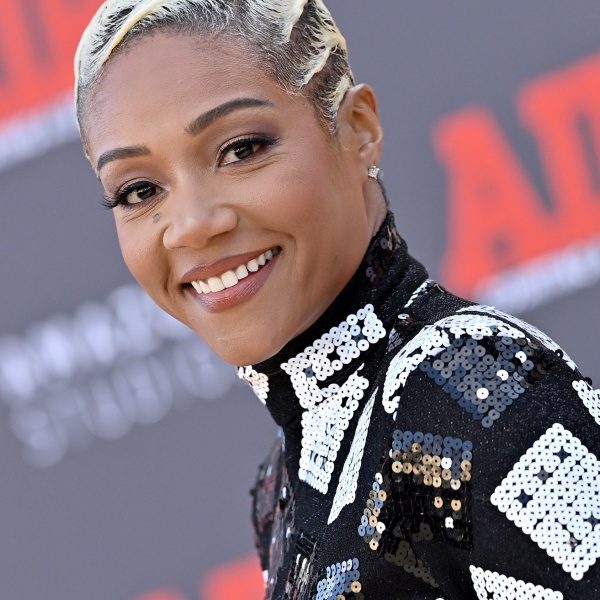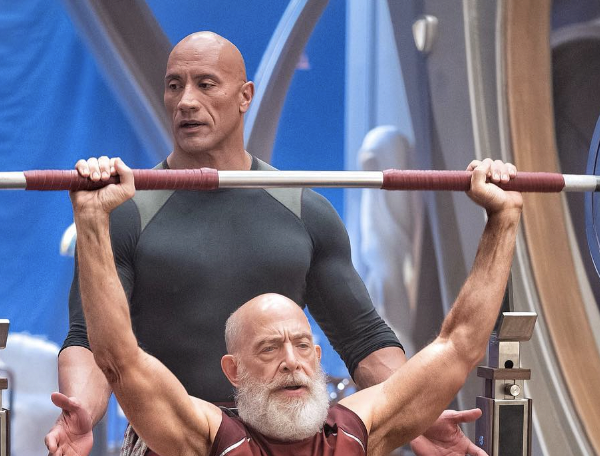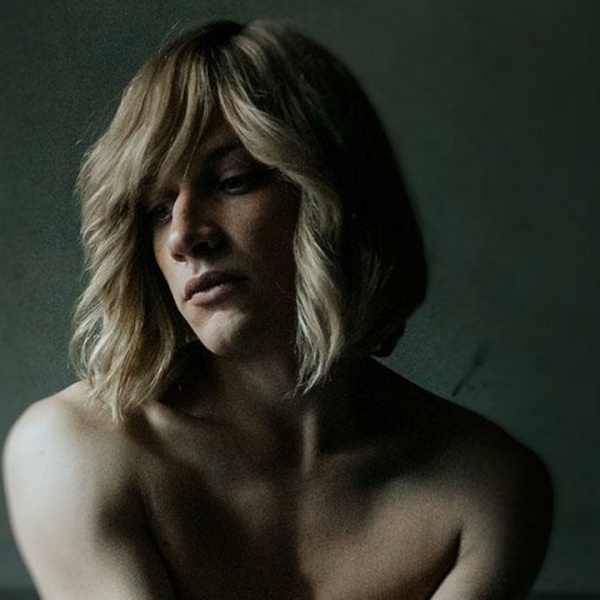
From transsexual off-Broadway musicals to hardcore gay sex on the big screen, John Cameron Mitchell has come a long way as a performer, writer and director. Now, he takes on his biggest challenge: prestigious A-List character drama. Based on the book by David Lindsay-Abaire, “Rabbit Hole” tells the story of a couple in flux while trying to cope with life in the wake of their son’s passing.
It’s miles away from Cameron’s other work, in that there is very little music, no gender-bending of any type, and two alpha dog actors — Nicole Kidman and Aaron Eckhart — in the leads. And, he knocks it out of the park. “Rabbit Hole” is a compelling, honest drama about a frayed, human relationship, and a powerful ode to the human spirit, when we find the energy in our darkest times to wake up and continue living our lives.
We sat down and talked with John Cameron Mitchell about working on a much bigger stage, changing his storytelling technique, and finding the right tone for the film.

So “Rabbit Hole” is a bit of a departure for you. What caused you to seek out this material?
When directors are asked to be a consistent brand, it’s a little bizarre to me. Because, shouldn’t he just serve the material? In this case it was pre-existing material, and I came to it after the first draft of the screenplay, and there was a lot there. And I read it and I said, this rocks me. It was the first time I wanted to drop everything and do something. I’ve said no a lot after “Hedwig [And The Angry Inch],” acting and directing-wise, and I was old enough to know if I’m doing something for two years that I kinda like, I get very cranky. You know, being an actor, my manager says, whatever comes up, just do it, you know? But I have a rent-stabilized apartment in the West Village that has allowed me to do what I want to do. Now I’ve got some commercials going and it has subsidized my ability to say no.
I looked at the material, and I realized I had to be invisible. It’s not like “Hedwig,” there aren’t a million camera angles, you cannot think about the camera and the point of view, this is a different tone. I looked to Sidney Lumet as my mentor that I never met, because he’ll take “Dog Day Afternoon,” which came out of interviews with a real person, put his stamp on that, then go to “Network,” which is proto-Tony Kushner, super articulate, highly satirical, emotionally resonant, and do something completely different with that, and then “Murder on the Orient Express.” No one questioned, what are you doing? He’s an actor, he came from live television in the 1950’s. You do what’s in front of you, you serve it. You don’t pee all over it.
Which I think some directors do, they’re more interested in flashing their cards then serving the material. Sometimes it’s perfectly appropriate to their flash. I love what Danny Boyle did with “127 Hours.” Someone else like Kiarostami would be quite different [in his approach] you know, like, ’real time.’ Bresson would do something else. I happen to appreciate that perfect Franco-Boyle combination, I was moved at the end. But I probably would have done something else, I might have hewed to the Kiarostami [approach] and used the real time to scare the shit out of you. That variety is great.
You worked with a lot of smaller names and non-professionals in your last two films. What was it like working with such a prestigious cast?
Well, the first thing is, they don’t always have time for rehearsals because of all these other projects. So you’re like, oh god, am I gonna have to get to know them on the set? It’s like, getting to know their styles, how they work. Are they better on the first take or last? All that comes in rehearsal, and we didn’t have a whole lot of it. But because they are virtuosos, there’s also awareness that they know what they need. And they’re very direct about it.
They also aren’t these kind of boundary-less ‘oh my god I’m bringing my character into our relationship’ types. ‘If my character’s a mess, then I’m a mess and I can’t come out of my trailer!’ They’re super-pro. So there’s none of that, which I hate. I like the theater-trained actors who understand, y’know, that there are other people in the world, and that you punch a clock, you do your best. As opposed to the others who are like, ‘I don’t know if I’m feeling it, I need to get drunk to do this scene!’ And I’ve had my experience with those actors. I did my research before casting everyone. I’ve been around long enough to know those people, so I asked around, emails and such.
And you know, taking it with a grain of salt because different directors have different methods and vibes themselves. The reports on Nicole were good. Everyone was like, totally pro, you’re gonna get so much variety. But, she’s got a life, and she’s not always gonna have time to shoot the shit. So, you know, it’s concentrated time that we have. She lives in a lot of places, she has a kid, she has a lot going on. Same with Aaron, but Aaron does like to shoot the shit sometimes, a lot of laughs between scenes. Nicole had to stay in character because it can be hard to go from 0 to 60 in some scenes. Dianne [Wiest] was in a bit of a trance, you have to pick very few words to give her notes, because she’s working, and she gets too distracted by too many notes. The kid [Miles Teller], needed a lot of talk, because he was so nervous. Lotta hugs. So I love that therapy element of filmmaking. And because this time it wasn’t so self-conscious like “Hedwig” – oh, dolly shot! – it was fun to just be about the acting.
The film features many light moments, but there are also these darkly comedic moments peppered throughout. How did you strike the right tone for those scenes?
A lot of it was just having variety and working in the editing room. But I knew what tone I wanted. And the people who can straddle that humor and the tragedy without falling off the fence, people like Mike Nichols and Hal Ashby, they’re not pushing it too hard. Like in life, at a funeral, that flower arrangement is making me laugh. Why does this funeral home look like a fake house? You laugh at the absurdity of the abyss. And that’s one of the stages of grief that they don’t mention in the book, the shtick stage where you’re laughing and crying. And the script perfectly places these points of relief like oases in the desert, and when you finally get to them, it’s like, we all needed this.
Music played a big part in your last two films, but there’s only a muted orchestral score in “Rabbit Hole.” Did you ever consider using more music?
I had to be convinced to use the amount of music that we ended up with. I hate when scores are telling you what to think. It’s almost like an admission of guilt, like it’s not working. The studios sometimes want to wallpaper movies with music, just to make sure the audience gets it. It has to cradle and lift what’s already working. If it tries to replace what’s not working, it’s a disaster. So many scenes that were working beautifully, like the kid on the park bench, Nicole’s fight, the basement scene with Dianne, I was like, no music, it’s already working. I told the scorer that the music has to be balloons that are keeping you off the ground, keeping you from falling into the pit. Not soaring, not tear-jerking, but just lifting, so it’s bearable. But not lifting too high, not too many strings.
What are you working on next?
I am producing an animated feature by Dash Shaw, who did the art for [“Rabbit Hole”], and I’m developing with the writer an adaptation of a Neil Gaiman short story about punk rock and aliens. “How To Talk To Girls At Parties.” And we’re hoping to get Hedwig on Broadway.




